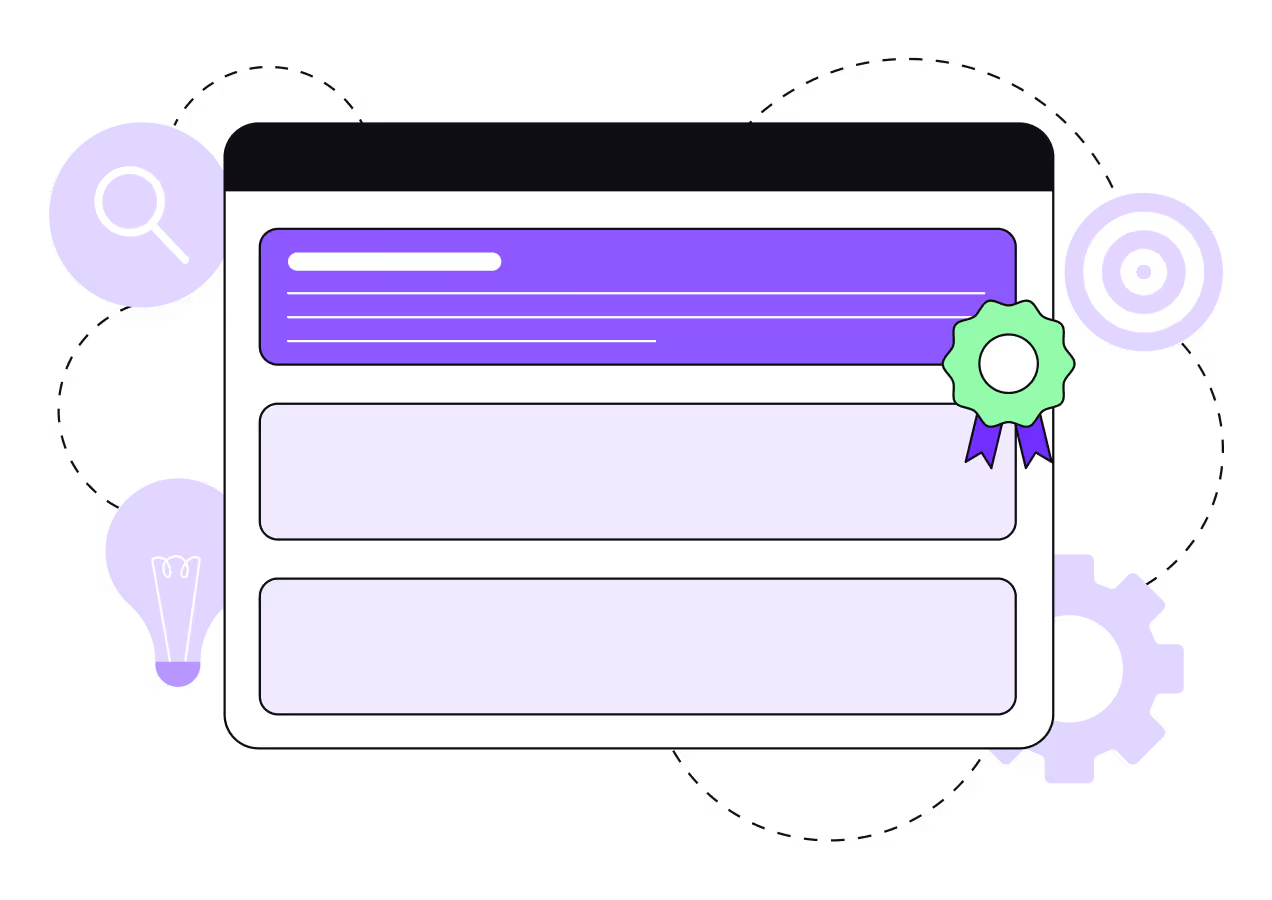Finding Your Category May Be More Important Than Finding Your Differentiation
When companies talk about their marketing messaging, the focus almost always starts with differentiation.
“What makes us unique?”
“How are we better than the competition?”
“What’s our secret sauce?”
But before you can stand out, you first need to fit in.
Why categories matter and what music can teach us about them
Humans are natural organizers. We create folders, group apps, build playlists, tag content - all in the name of clarity. It’s how we make sense of the world. And when it comes to products, services, and businesses, it’s no different. We rely on categories to create instant understanding.
Let’s take music as an example. Imagine walking into a record store with no genres, no sections, just 10,000 vinyl records scattered randomly. Sounds chaotic, right?
Now imagine you’re into jazz. Once you find the “Jazz” section, the selection becomes manageable. You can explore new artists, refine your tastes, and make a confident choice.
The same principle applies in marketing:
Categories help people find what they’re looking for quickly. And that’s exactly why finding your product’s category is critical.
Differentiation vs. Categorization
Most companies instinctively lean toward differentiation. I can’t count the number of times that entrepreneurs say they don’t have a “direct competitor”. In many cases they say there are companies that offer “various smaller subsets of the feature list that they offer”. And that this means that they are not “direct competitors”. The truth is that this is not an “deterministic fact”, but rather a “strategic decision”.
The fact that your product has many more features than a competitor doesn’t necessarily mean that it should be positioned in a category of its own. In most cases it means that it can be positioned in the same category and still offer more features or greater value within this category.
In a world search engine, AI, and inbound marketing, positioning your product in a relatively popular category, even if you think it is “not doing it justice”, and then competing within this category has many advantages over creating your own category or positioning your product in category that is not widely known.
How to find the right category
Finding your product’s category isn’t always obvious, especially if you're building something innovative, multi-functional, or market-disruptive. But the right category helps prospects understand you faster, improves discoverability, and anchors your message in a mental model they already understand.
Here’s how to find it:
1. Look at the problem you want to solve
Start with your users’ pain points. Are you helping them manage content? Automate marketing? Improve security posture? Your category often lives in the problem you’re solving, not the technology behind it.
2. Use analyst firms like Gartner as a lens
Analyst firms like Gartner are a goldmine for understanding how markets are defined and how buyers think. Gartner organizes products into defined categories in research tools like:
- The Magic Quadrant (visual matrix of key players by execution vs. vision)
- The Market Guide (for emerging or fragmented markets)
- The Hype Cycle (for innovation and adoption maturity)
Each category includes:
- A definition (what the category is and who it serves)
- Inclusion criteria (what capabilities are required to qualify)
- Representative vendors (who's playing in this space)
If you can align your product to a recognized Gartner category, you should go for it, as it provides you with a shared vocabulary with enterprise buyers. It is usually a category of solutions that’s already being searched and budgeted for. Even if your solution doesn’t fit perfectly, identifying the nearest major category helps you frame your offering in a way that resonates with both analysts and your market.
3. Study competitor messaging
What categories do your competitors claim? How do they describe themselves on their homepages, in press releases, or on G2, Capterra, or Gartner Peer Insights?
The goal isn’t to mimic, but to understand the searchable, recognizable language your audience already expects.
4. Reverse-engineer search behavior
What would your ideal customer type into Google if they didn’t know your company existed? Those keywords are tied to categories, not clever taglines.
Using SEO tools (like Ahrefs, SEMrush, or even Google Suggest) can uncover the exact terminology people are using to describe your space.
Conclusion
Instead of starting by asking yourself “What makes us unique?”, ask yourself “which categories can I fit into?”. Then start analysing the competitive landscape within this category. Fitting into a category will help you shape your product, for example, creating different tiers/packages, where the basic tier may include similar features as your competitors, but higher tiers will add more. Can’t find a category? Well, try harder! It will be worth it, I promise.



